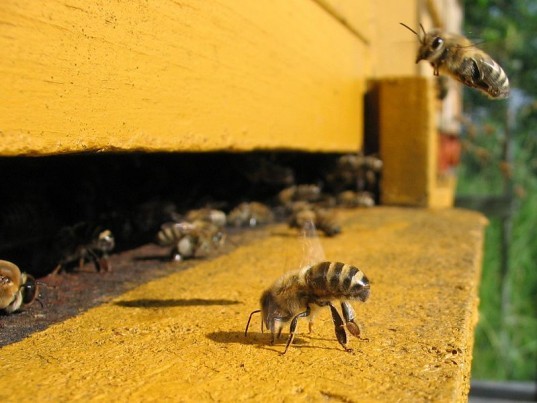
Glyphosate's potential as an herbicide was reported in 1971. Glyphosate was first registered for use by the United States Environmental Protection Agency (U.S. EPA) in 1974, and reregistration was completed in 1993. See the text box on Laboratory Testing. Formulations of glyphosate include an acid, monoammonium salt, diammonium salt, isopropylamine salt, potassium salt, sodium salt, and trimethylsulfonium or trimesium salt. Unless otherwise stated, all data in this fact sheet refer to the acid form.
According to a new market report published by Transparency Market Research, the global glyphosate herbicides market was valued at USD 5.46 billion in 2012 and is expected to reach USD 8.79 billion by 2019, growing at a CAGR of 7.2% over the forecast period from 2013 to 2019. In terms of volume, the global glyphosate market demand was 718.6 kilo tons in 2012.
Glyphosate demand has witnessed a momentous growth in the past two decades, notably after the introduction of Roundup Ready, glyphosate tolerant GM crops by Monsanto, in 1995. Rising demand of glyphosate tolerant GM crops in countries such as the U.S., Brazil, Argentina, South Africa, India and China among others are expected to incite glyphosate demand for GM crops such as soybean, maize, cotton and canola (rape seed) among others.
GM crops accounted for 45.2% of the total glyphosate demand in 2012. Furthermore, glyphosate demand for conventional crops has been …
The toxicity of glyphosate alone is much less than the toxicity of commercial glyphosate used by consumers, due to the so-called “inert” ingredients in the commercial formulation.
Please Read this Article at NaturalBlaze.com





Leave a Reply